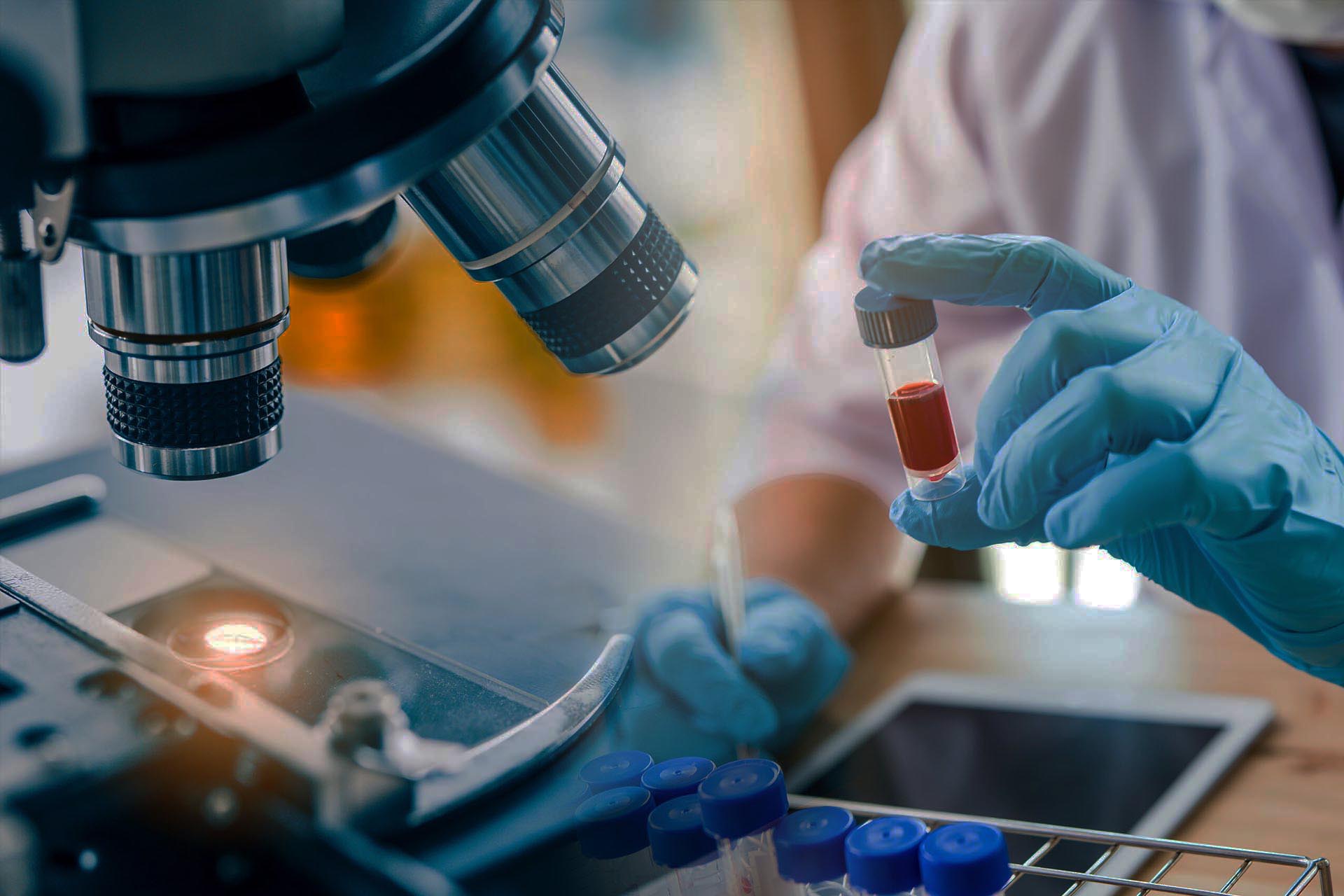Reconstructive surgeries associated with regenerative and stem cell treatment concept
Stem cells are a unique cell population characterized by self-renewal and cellular differentiation capabilities. These characteristics, among other traits, make them an attractive option for regenerative treatments. As research regarding the isolation, culture and behavior of stem cells has progressed, stem cells, particularly adult stem cells, have shown promising results in both translational and clinical applications.
What is regenerative medicine?
Regenerative medicine is the science of replacing, engineering or regenerating human cells, tissues or organs to restore or establish normal form and function. This broadly encompasses the use of cells, tissues, drugs, synthetic biomaterials and devices to help patients heal more effectively from trauma, cancer therapy, other disease processes and birth anomalies. Regenerative medicine therapies can have goals of both healing damaged tissues and forming new tissue.
For example, bone regeneration: For patients suffering extensive face or a limb trauma, large segments of bone may be missing. Surgeons are using calcium-based scaffolds and biomaterials derived from bone to form new bone tissue for reconstructive purposes.



